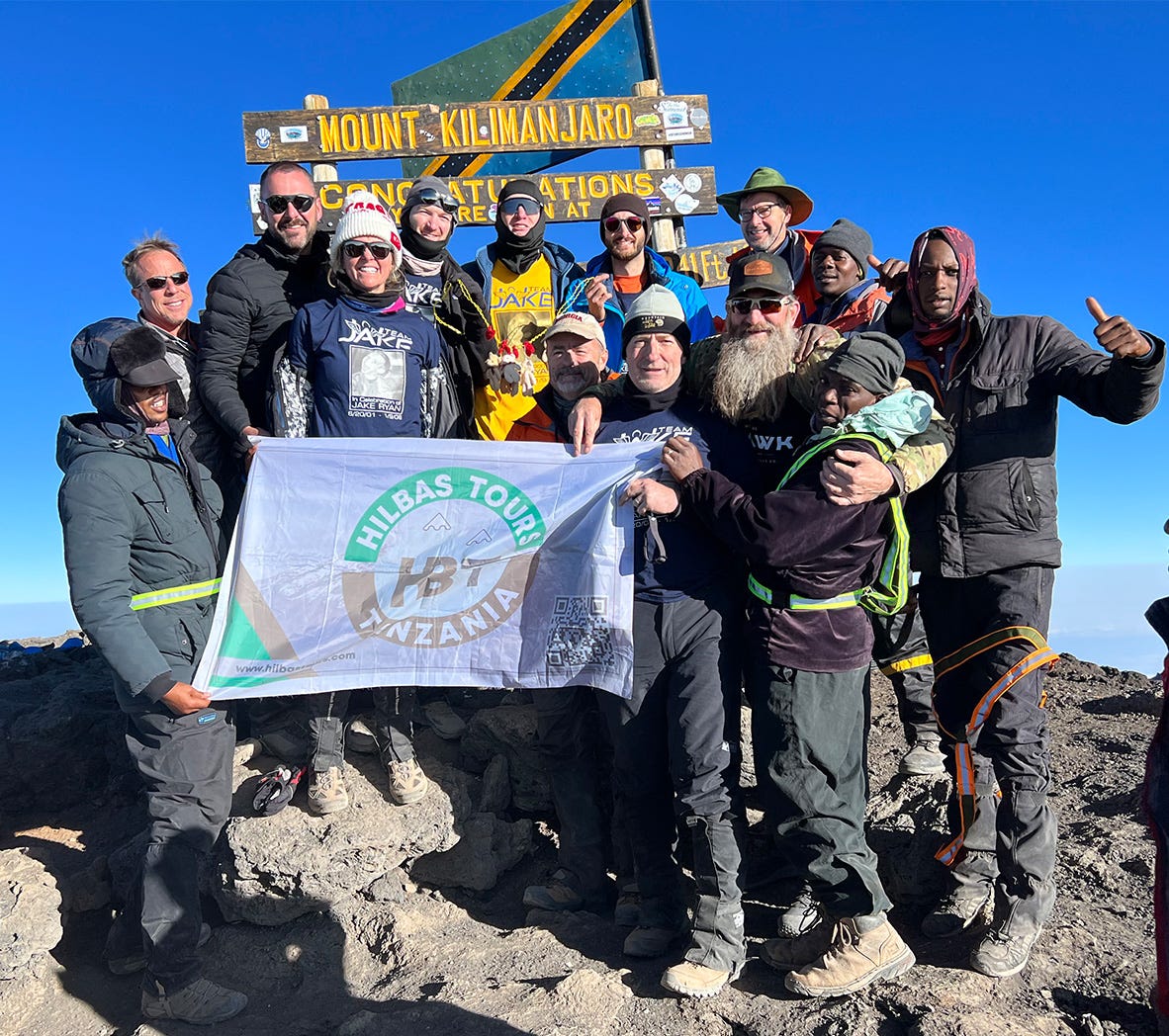One Team, One Dream
Meet Elibariki Kitomari, Kilimanjaro Mountain Guide
As you may know from earlier dispatches, I traveled to Tanzania this summer to climb Kilimanjaro, the tallest mountain in Africa and one of the famed Seven Summits. The inspiration for the climb was to support PROJECT POSSIBLE, a foundation that supports centers dedicated to treating and empowering children with disabilities worldwide…
Keep reading with a 7-day free trial
Subscribe to Work/Craft/Life to keep reading this post and get 7 days of free access to the full post archives.


